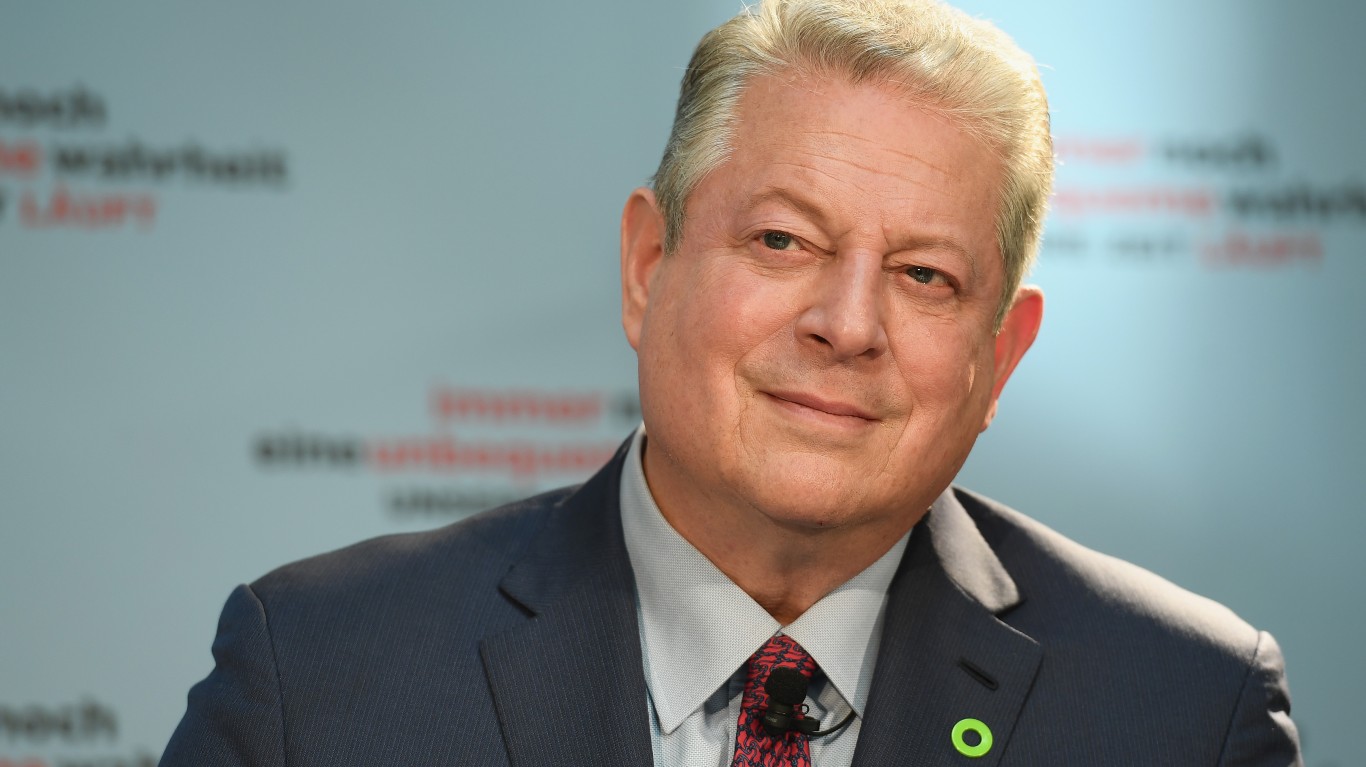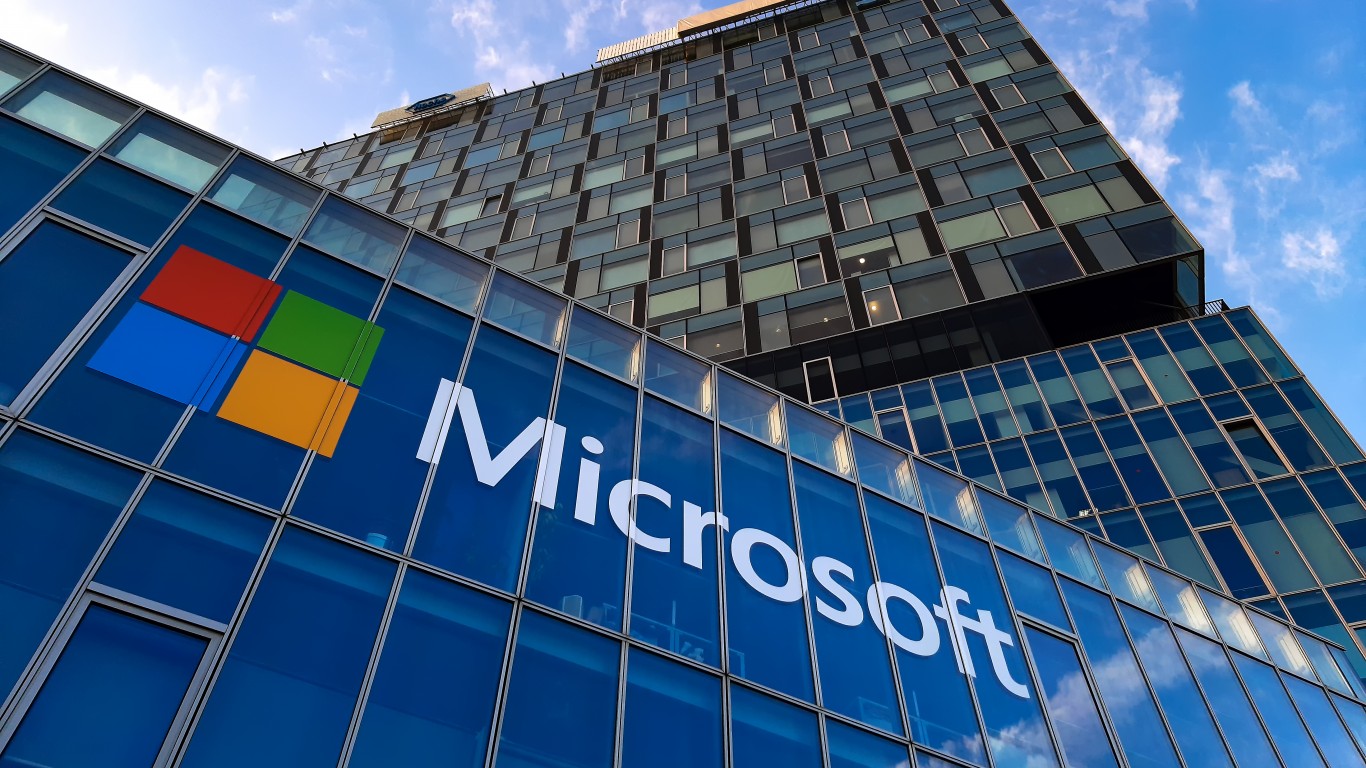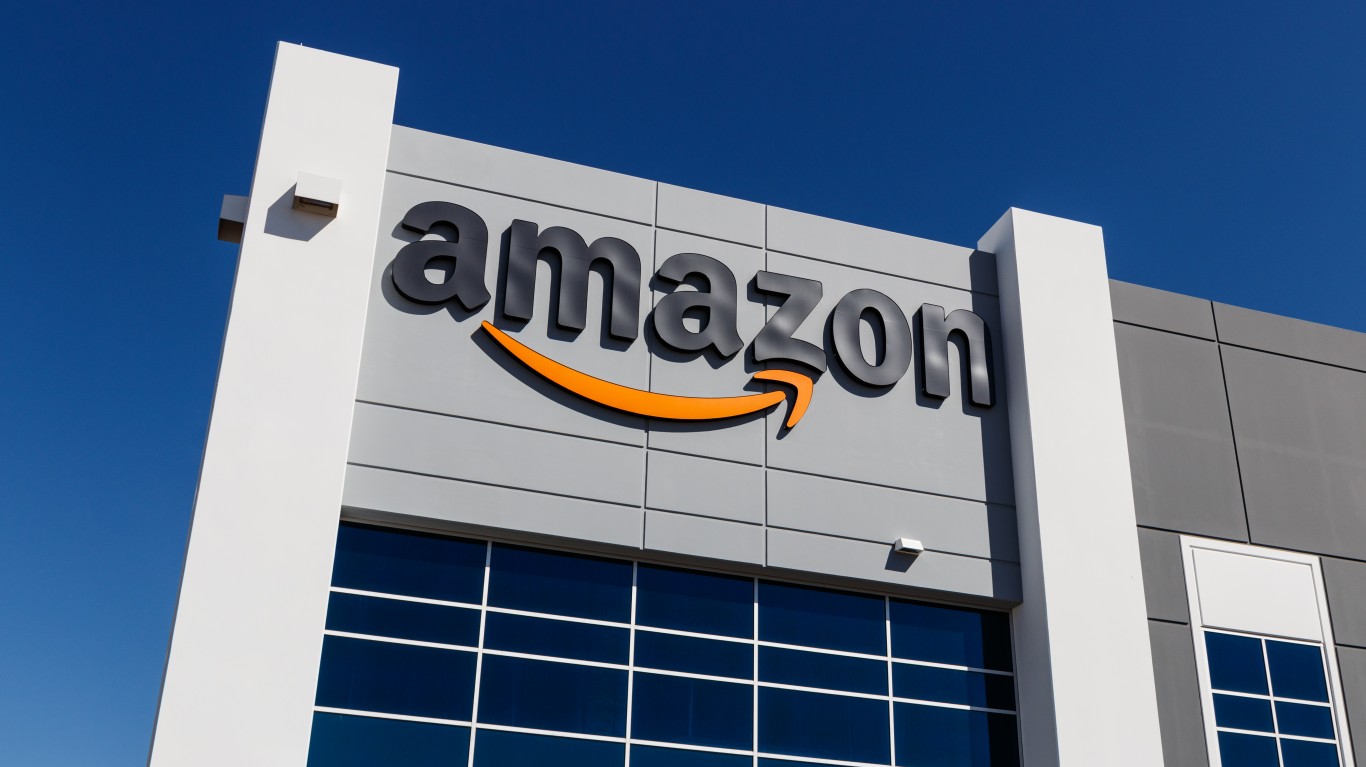
Politicians are more known for their trading than running hedge funds. They seem to have an uncanny knack for making stock trades that perform remarkably well, well above what the averages suggest they should be able to do. And they pinky swear they are not using inside information gleaned from their congressional hearings.
While it is rampant throughout both the House of Representatives and Senate, former House Speaker Nancy Pelosi has become the poster child of the scheme with scores of websites dedicated to following her trades.
Yet former vice president Al Gore has taken a more honest approach and made a name for himself in the hedge fund world. He co-founded with David Blood in 2004 the Generation Investment Management fund, which has $12.1 billion in assets under management. It seeks long-term investments with an eye towards sustainability, or what it calls “sustainable capitalism.”
Yet environmental, social, and governance (ESG) funds have fallen on hard times as their performance has lagged their peers and the S&P 500. ESG-focused funds suffered a record $13 billion in outflows last year as a result.
While Gore’s fund had a poor performance as well in 2023, a Bloomberg analysis shows that since its inception, its flagship fund has returned an annualized 13.7% compared 8.6% returns for its benchmark.
ESG funds have enjoyed some success in recent years, though, because of their investments in technology stocks. Particularly for those that held shares in stocks like Nvidia (NASDAQ:NVDA) or Apple (NASDAQ:AAPL), the Magnificent Seven components helped lift their overall performance.
Below are the two largest stocks in Generation Investment Management’s portfolio, accounting for more than 20% of its holdings.
Key Points About This Article:
- Former vice president Al Gore has made his mark on the investment world, founding the Generation Investment Fund in 2004 that focuses ESG causes.
- With over $12 billion in AUM, the hedge fund has apparently achieved better returns since its inception than other ESG funds, which have witnessed record outflows due to underperformance..
- If you’re looking for some stocks with huge potential, make sure to grab a free copy of our brand-new “The Next NVIDIA” report. It features a software stock we’re confident has 10X potential.
Microsoft (MSFT)

Gore’s top holding is tech giant Microsoft (NASDAQ:MSFT). He owns 5.4 million shares valued at $2.43 billion, which represents 11.7% of the hedge fund’s total portfolio. He picked up a few shares in the second quarter (some 252,000 shares) at an average buy price of around $434 per share, which suggests he’s down slightly with MSFT stock trading at $431 a stub.
Microsoft, of course, is quickly becoming the new face of artificial intelligence, particularly around its cloud services business Azure. While segment revenue jumped 29% in the second quarter to $28.5 billion, giving it a 23% share of the market, more impressive was Microsoft’s guidance for Azure revenue growth to accelerate in the back half of the year.
As surging data center investments come online, it should allow Azure to expand even more. The unit’s growth in the second quarter was hampered by data center capacity constraints. As those bottlenecks are opened up, investors should expect to see a tremendous uptake going forward.
Several years ago Gore launched a new fund called Just Climate focused on “‘catalytic’ climate solutions in energy, transport, and industry.” Microsoft was a big backer of the fund. It’s no surprise then that with the tech giant’s commitment and support for climate issues, Gore would make the company the biggest stock in its portfolio.
Amazon (AMZN)

Not far behind Microsoft in terms of representation in Generation Investment’s portfolio is Amazon (NASDAQ:AMZN). Gore owns 11.8 million shares valued at $2.29 billion, or 11% of the total fund, but he’s also been selling the stock over the past few quarters.
Since the beginning of the year, the former VP has sold off some 1.3 million shares. Last quarter he sold 352,000 shares at $187 each. With AMZN stock up at $191 a stub, he may have gotten out too soon.
Like Microsoft, the e-commerce giant’s cloud operations, Amazon Web Services, is the star of the show. Where online retail sales were light and guidance missed expectations, causing shares to tumble hard, AWS is still primed for growth. Segment revenue grew 19% during the second quarter while its market share grew to 32%. It was the fourth consecutive quarter that AWS gained share.
The second growth driver for Amazon was digital advertising, which grew even faster at 20% to $12.8 billion. Over the trailing 12 months, it has generated $50 billion in ad sales. Sponsored listings are the primary cause and Amazon expects it to accelerate. Having achieved a critical mass and gained retail market share, advertisers are flocking to the site.
Management also says it has only just scratched the surface of what’s possible with video ads and that could drive revenue even higher.
Get Ready To Retire (Sponsored)
Start by taking a quick retirement quiz from SmartAsset that will match you with up to 3 financial advisors that serve your area and beyond in 5 minutes, or less.
Each advisor has been vetted by SmartAsset and is held to a fiduciary standard to act in your best interests.
Here’s how it works:
1. Answer SmartAsset advisor match quiz
2. Review your pre-screened matches at your leisure. Check out the advisors’ profiles.
3. Speak with advisors at no cost to you. Have an introductory call on the phone or introduction in person and choose whom to work with in the future
Thank you for reading! Have some feedback for us?
Contact the 24/7 Wall St. editorial team.





